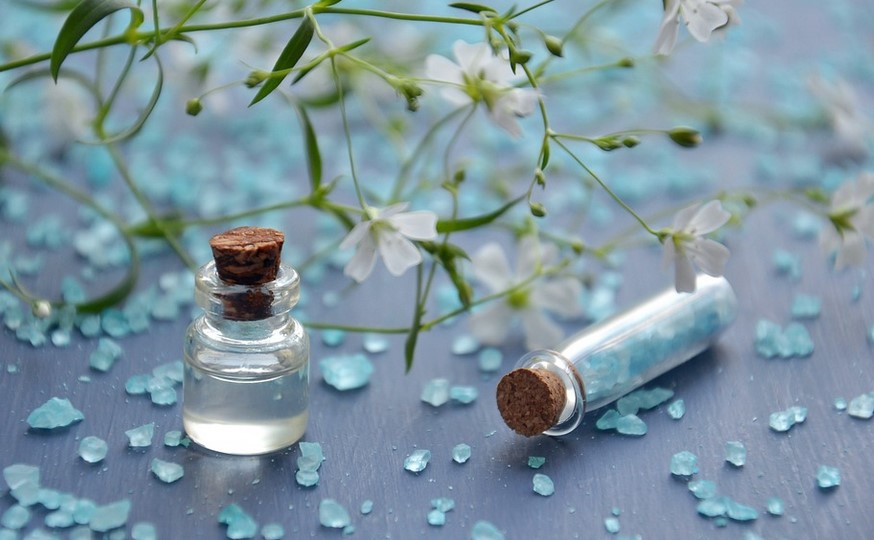Introduction
Getting a wax is a popular beauty treatment that many people opt for. Whether it’s for a special occasion or just to maintain personal hygiene, waxing is a convenient and effective method to get rid of unwanted hair. However, with so many types of wax available in the market, it can be confusing to know which one to choose. In this article, we will discuss the types of wax that salons use and their benefits.
Hot Wax
Hot wax, also known as hard wax, is one of the most common types of wax used in salons. It’s made of natural ingredients such as beeswax and resin, which are melted at high temperatures before application. Hot wax is ideal for sensitive areas such as the bikini line, underarms, and face. It’s gentle on the skin and does not leave any residue behind.
Cold Wax
Cold wax, also known as soft wax, is another type of wax used in salons. It’s made of synthetic resins and is applied at room temperature. Cold wax is ideal for larger areas such as the legs, arms, and back. It’s quick and easy to apply, and the strips can be reused multiple times.
Sugar Wax
Sugar wax is a natural alternative to traditional wax. It’s made of sugar, lemon juice, and water and is heated to create a sticky paste. Sugar wax is gentle on the skin and does not cause any irritation. It’s ideal for all skin types, including sensitive skin. Sugar wax is also environmentally friendly as it does not contain any chemicals.
Benefits of Using Salon Wax
Salon wax is preferred over at-home waxing kits as it’s done by professionals. The estheticians at salons are trained to use the right type of wax for each skin type and area. Salons also use high-quality wax that is safe and effective. Professional waxing ensures that hair is removed from the root, leaving the skin smooth and hair-free for longer.
Preparation for Waxing
Before getting a wax, it’s important to prepare the skin. Exfoliate the area a day before waxing to remove dead skin cells. Avoid using any lotions or oils on the skin on the day of waxing as it can interfere with the wax’s grip. Wear loose and comfortable clothing to avoid irritation after waxing.
Aftercare for Waxing
After waxing, it’s important to take care of the skin to prevent any irritation or ingrown hair. Avoid using any chemical products on the waxed area for at least 24 hours. Wear loose and breathable clothing to avoid friction on the skin. Apply aloe vera or a soothing cream to calm the skin after waxing.
Conclusion
Salons use different types of wax for different skin types and areas. Hot wax is ideal for sensitive areas, while cold wax is perfect for larger areas. Sugar wax is a natural alternative to traditional wax. Getting a wax from a salon ensures that it’s done professionally and effectively. Preparing and taking care of the skin after waxing is important to prevent any irritation or ingrown hair.
References
- https://www.byrdie.com/types-of-wax-4779898
- https://www.goodhousekeeping.com/beauty/anti-aging/a33490295/types-of-waxing/
- https://www.womansday.com/style/beauty/a59603/how-to-prepare-for-a-brazilian-wax/

